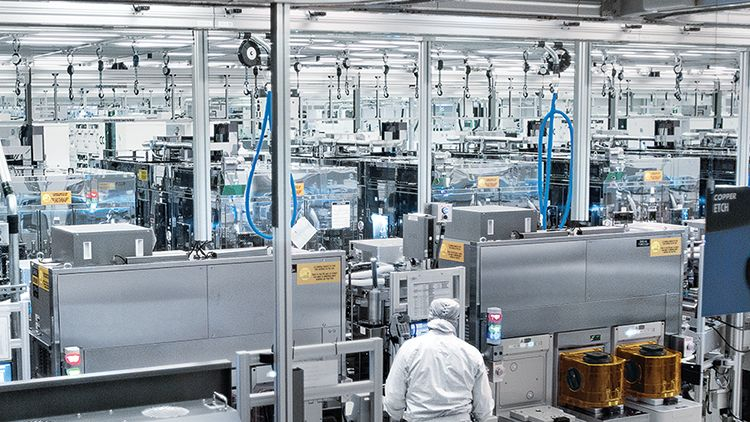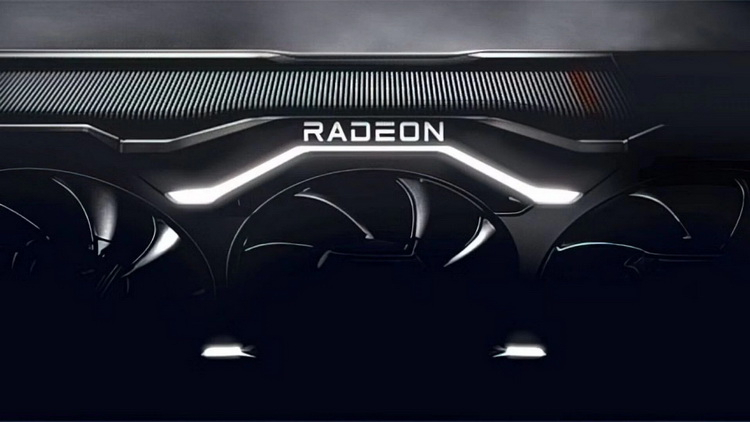
David Zinsner, who represented Intel at the Bank of America conference, even though he is the CFO, answered questions related to the corporation's technology development strategy rather freely.At least he was able to explain the role Intel's own contracting business will play, as well as the principles on which the relationships with chip production contractors will be based.Image source: IntelIt is no secret that during the period of active investment in its own lithography technology Intel will rely on the production capabilities of TSMC.We know from unofficial sources, for example, that in the first half of this decade Intel will receive from the Taiwanese contractor ready-made 3-nm crystals, which will be integrated into its own products.Already by 2025, Intel intends to increase its competence in the field of lithography so much that it promises to regain the leadership in technological terms by the beginning of the second half of the decade.By that time, it expects to begin serial production of 18A technology products, which it will offer to third-party customers in sync with the release of its products.David Zinsner predictably began his reasoning with an analysis of the company's financial performance.The margin in the vertically integrated manufacturing capabilities (IDM) business has traditionally been close to 60%, whereas a good level for the contract business is considered to be a little over 50%.In this respect, as Intel's CFO admitted, combining both businesses threatens to \"dilute\" the company's profit margin relative to the original 60%.Besides, IDM and contract manufacturing, if they get along at Intel facilities, sometimes under one roof, will create a synergy in financial performance, as Zinsner assures.At least at the level of operating margins, progress will be made relative to the \"pure IDM\" option, where the company's production facilities are used only for its own needs.The Intel CFO ironically remarked that his boss Patrick Gelsinger clearly would not praise him for admitting that the PC market has no growth prospects.Representatives of the company believe that demand in this segment has reached a new base level, and now at least 300 million computers and laptops will be sold annually, and the market will never go down to 250 million.As noted today, within a year, downward fluctuations in demand cannot be ruled out.Commenting on the host's question about Intel's relationship with an \"Asian contract manufacturer\", which obviously meant Taiwan's TSMC, David Zinsner said: \"We want to keep some flexibility for one reason or another.Intel is expected to combine the development of its own production and the use of TSMC facilities.For example, Intel will not find it expedient to develop some processes on its own, or it will not be sure in the demand volume for the designed products.In this case, it is more profitable to outsource the production of chips to a third-party company, and then in case of a drop in demand Intel will have less losses than in the case of independent production.If the demand grows so much that Intel will not be able to meet it on its own, then again an outside contractor will come to the rescue.Present at the event, Intel executive vice president Sandra Rivera (Sandra Rivera) added that the company can continue to use the aging technology process for a very long time in the production of the same FPGA programmable matrix.They may be one or two generations behind basic lithography products, and it would not be feasible to keep their production on their own line in this case.In such a situation, production of programmable arrays can be entrusted to a contractor.In general, the approach to the packaging of computing solutions from heterogeneous chips opens up great opportunities for flexible management of production technology.Sandra Rivera also spoke about an example of unification of used technological processes.As you know, Intel was initially going to release Granite Rapids processors with Intel 4 technology, but Intel 3 technology process, from the point of view of migration, was not so complicated, promising a significant increase in transistor speed and density.Since Intel planned to use the Intel


0 Comments